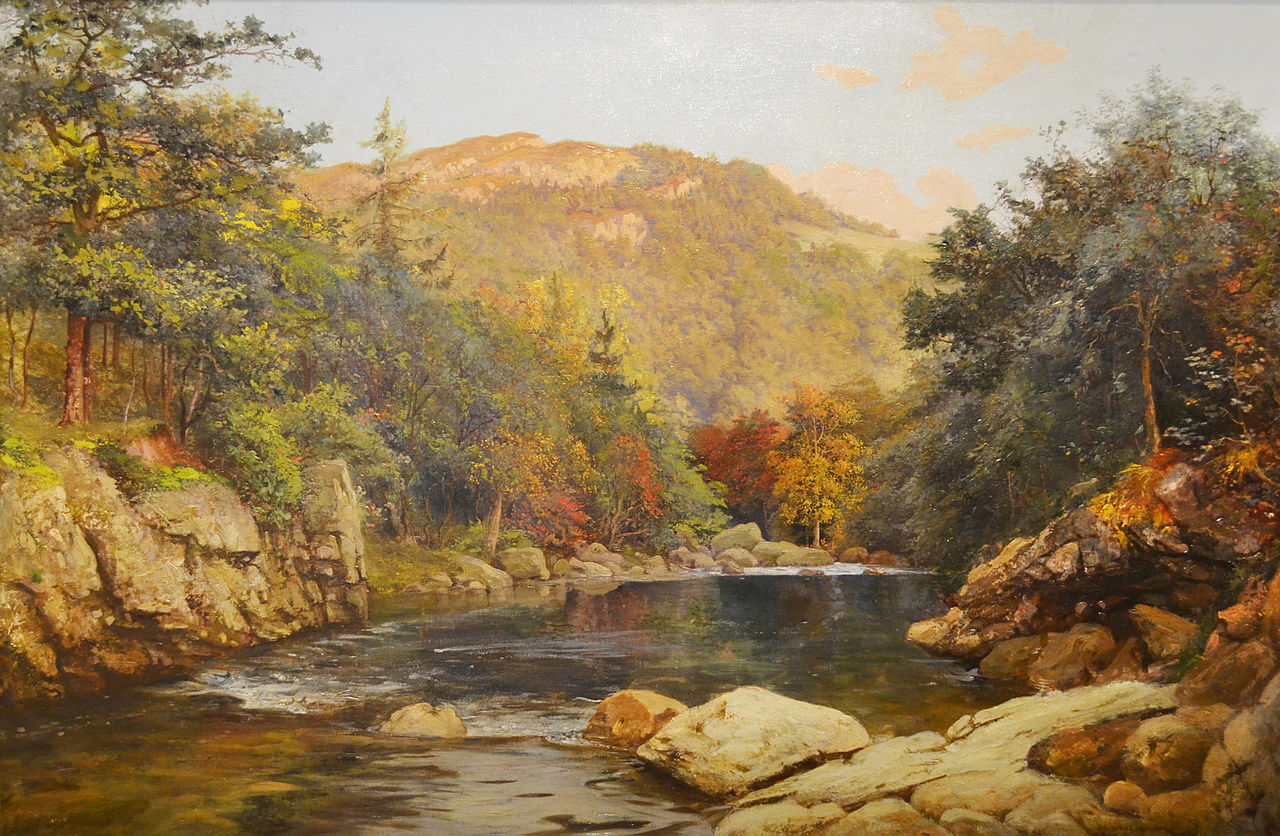
Otto Reinhold Jacobi, born in 1812 in Königsberg, Prussia (now Kaliningrad, Russia), is a figure of remarkable influence in Canadian art history, even though his beginnings were far from the New World. Jacobi was the son of Ehlert Reinhold Jacobi, a malt brewer, and Johanne Louise Linck. His early life in Prussia set the stage for a career that would eventually lead him across the Atlantic to Canada, where his impact on the art scene would be profound.
Early Life and Education
Jacobi's artistic journey began in Königsberg, where he initially pursued a teaching career, likely in the arts. His talent soon led him to the Academy of Berlin, where he honed his skills further. In 1832, at the age of 20, Jacobi was awarded a significant prize of $1,000, allowing him to study at the renowned Düsseldorf Academy. This opportunity was pivotal, as it connected him with the burgeoning Düsseldorf School of painting, known for its detailed landscapes and historical scenes.
Court Painter and European Success
Around 1837, Jacobi was appointed as a court painter in Wiesbaden, a prestigious position he held for twenty years. His work during this period earned him recognition not only in Prussia but also in England and later in Canada. His paintings were highly sought after by European royalty, and his reputation as a skilled landscape painter grew steadily.
Arrival in Canada and the Shawinigan Falls Commission
In 1860, Jacobi was invited to Canada to paint a scene of the Shawinigan Falls, intended as a gift for the Prince of Wales during his official visit. This commission marked the beginning of Jacobi's deep connection with Canada. Instead of returning to Germany after completing the work, he decided to stay in Canada, a decision that would leave an indelible mark on the Canadian art landscape.
Life and Work in Canada
Jacobi initially settled in Montreal, where he worked for the prominent photography and art studio Notman and Fraser. His paintings from this period, particularly his depictions of waterfalls, became iconic. As Newton MacTavish described, Jacobi had a particular passion for painting waterfalls, often using vibrant tones of red and orange to create dramatic and somewhat sentimental landscapes. His works from this time, while sometimes critiqued for their lack of originality in design, are celebrated for their color values and the atmospheric qualities he captured.
In the 1870s, Jacobi moved to Toronto, where his influence on the Canadian art scene continued to grow. He became a charter member of the Royal Canadian Academy in 1880 and served as its president from 1890 to 1893. Jacobi was also one of the first teachers at the Ontario School of Art, though he eventually left due to challenges in imparting his refined watercolor techniques to students. Nonetheless, he continued to teach privately, influencing a new generation of Canadian artists, including Henry Sandham.

Legacy and Later Life
Jacobi's work, both in oils and watercolors, was in high demand, and his paintings were frequently auctioned in Montreal and Toronto. His ability to capture the sublime in both large and small-scale works earned him a lasting place in the hearts of Canadian art collectors and historians.
In 1837, Jacobi married in Germany, and he had one son who eventually moved to America to become a rancher in Dakota. It was at his son's ranch that Jacobi passed away in 1901 at the age of 89. His legacy, however, lives on in the collections of the National Gallery of Canada, the Art Gallery of Ontario, and several other prestigious institutions across the country.
Jacobi’s work continues to be celebrated today, not only for its aesthetic qualities but also for the role it played in shaping the early Canadian art scene. His dedication to his craft and his willingness to make Canada his home at a time when its artistic community was still in its infancy speaks volumes about his character and his contribution to the arts.
Conclusion
Otto Reinhold Jacobi’s journey from Prussia to Canada is a story of artistic excellence and adaptability. His work, deeply rooted in the European tradition, brought a level of sophistication and technical prowess to Canadian art that would inspire generations of artists. As a founding member of the Royal Canadian Academy and an influential teacher, Jacobi's impact on the Canadian art world is immeasurable, securing his place as one of the country’s most important early painters.
Browse our collection of Canadian paintings for sale at the Canadian Classic Fine Art gallery, The best place to buy a painting online. We provide free shipping anywhere in Canada and the United States. Our Montreal art gallery sells paintings online exclusively and have a 14 days return policy.
